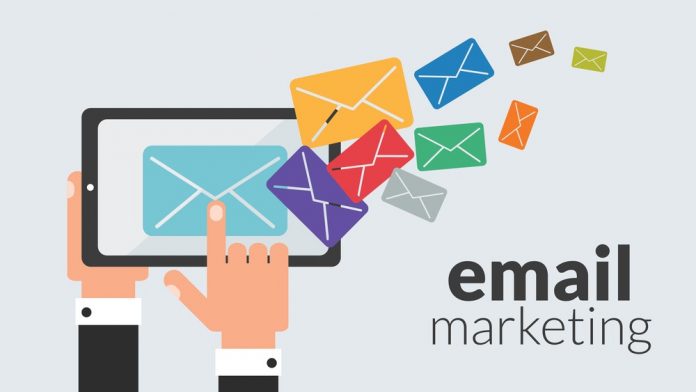While perfectionism is a lofty ideal, we all know that in business — as in life — mistakes happen. For example, countless businesses have expanded too fast and too soon, or added a “can’t-miss” new product to their roster that, alas, missed entirely (check out this amusing yet disturbing look at the 21 biggest product flops of all time).
However, while mistakes are unavoidable, businesses that survive and thrive invariably share three defining characteristics: their mistake frequency is “few and far between” instead of “every other day,” they don’t beat themselves up but instead try and identify the root cause(s), and most importantly, they learn from their blunders and rarely — if ever — make the same mistake twice.
Now, what does this have to with email marketing? Unfortunately, far too much: because the overwhelming majority of businesses are repeatedly making some or all of these fatal email marketing mistakes:
1. Not targeting mobile customers.
Two out of every three (66%) of emails are opened and read on smartphones and tablets, which is a sea-change from just a few years ago when conventional desktop viewing reigned supreme. Yet despite this, many businesses aren’t making their emails mobile-friendly.
If you’re making this mistake: ensure that your subject line is under 30 characters, use pre-header text, make your content concise (but not cryptic), keep in mind that many devices are set to block images, and make it very clear and easy for people to discover and execute the call-to-action.
2. Not mapping emails to buyer personas.
Businesses that enjoy the most email marketing success have a very solid grasp of what resonates with their various buyer personas — e.g. their concerns, aspirations, goals, perceptions and pain points. Conversely, businesses that fail to generate traction from their email marketing investment are usually just throwing emails at a virtual wall, and hoping that something sticks.
If you’re making this mistake: interview a few credible and experienced market research agencies and choose a partner that will help you get the accurate, strategic marketplace picture you need. And don’t worry that because you run a home-based business that the costs will be excessive. You’ll be surprised at how affordable it is to get penetrating, profitable insights that will surge you ahead of your competition — including some of the big players in your space.
3. Not using an automated workflow.
Once prospective customers are added to an email list — such as after subscribing to a newsletter — many businesses are using antiquated manual workflows. For example, they’re capturing emails in a database or spreadsheet, and then sending out form emails once a week or a few times a month.
If you’re making this mistake: use marketing automation software to immediately start engaging prospective customers with targeted emails. For example, instantly after they subscribe to your newsletter, the system can send a small, friendly note welcoming them aboard, and asking them to contact you with any questions. A couple of days later, the system can send another note inviting them to check out a new ebook or video. Obviously, you don’t want to drill folks with too many emails — since they’ll unsubscribe. But if you get the cadence right (and there are best practices and studies on this), then you can stay on the radar screen vs. get lost in the crowd.
The Bottom Line
Email marketing is an extremely cost-effective way to nurture prospective customers forward on the buyer’s journey, as well as engage existing customers so they buy more and serve as brand ambassadors. However, enjoying ROI can’t and won’t happen if you’re making any of the above mistakes. But now that you know where the pitfalls are, you can avoid them — and set your sights on more happy, loyal and profitable customers!
Find a Home-Based Business to Start-Up >>> Hundreds of Business Listings.

















































